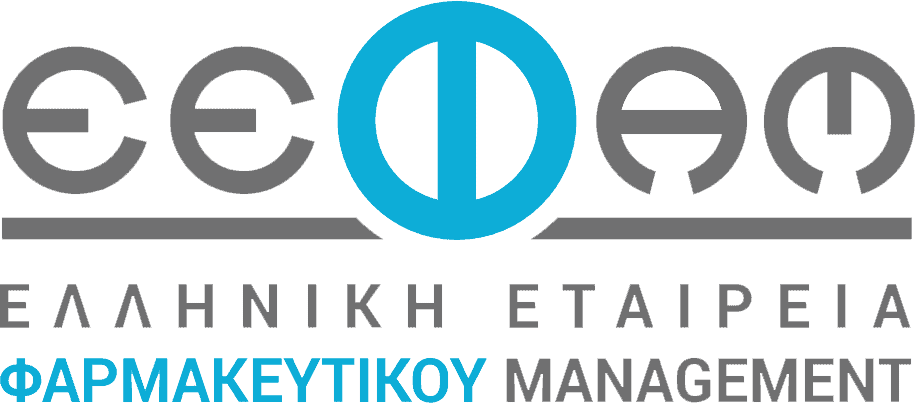Blog
Blog
How to Ride the Data Wave When Launching a New Drug

Some experts say that 50% of drug launches fail. Others say it’s as high as 90%. From my perspective, judging launches in such black-and-white terms isn’t particularly useful.
Instead, I look at the market performance of a new drug like the debut of a cruise ship. Given the incredible amount of time and resources needed to design and build a ship, an incident-free maiden voyage is something to celebrate. Similarly, after a pharma company spends a decade (and untold sums of money) developing a molecule, conducting clinical trials, undergoing the regulatory approval process, and creating marketing and sales campaigns, getting a drug into the hands of providers and patients is a win unto itself. The more important and nuanced question, though, is the degree to which the product surpasses or underperforms initial expectations—and why.
So, how exactly do pharma companies account for a gap between their hopes for a new drug and reality? In some cases, an ambitious product manager made an overly optimistic sales forecast that was never actually within reach. More often, the company lacked the data analytics capabilities to assess a changing landscape and pivot accordingly.
Now, I know what readers are thinking. You’re probably tired of hearing about data—big, segmented, or otherwise. And I don’t blame you, especially if you’re a marketer or sales rep struggling to tread water amidst a data tsunami. However, the problem isn’t with data itself but with how it’s structured and presented.
At a basic level, data should allow you to make informed decisions based on the behavior of the market, competitors, payers, prescribers, patients, and other stakeholders. Too often, though, data analytics platforms—built in house or by outside firms—overwhelm users with information without offering context or actionable insights. Gartner predicted that in 2020 only 20% of data analytic insights will produce actual business outcomes,1 in part because the people who create these technologies are largely disconnected from the people who use it. The most effective and user-friendly tools craft tailor-made stories for different audiences (sales, marketing, market access) and compel collaborative strategic action. In other words, they surface relevant information for distinct users and counter the silo effect that prevents alignment across teams.
Whether launching a generic, a novel treatment for a rare disease, or a biosimilar, pharma companies face a host of challenges around data. Companies are right to draw lessons from competitors when preparing to send a drug into a crowded marketplace. But it’s not enough to create a descriptive analysis of what happened in the past. An analytics platform should allow users to play out war game scenarios that depict anticipated outcomes based on variations in marketing mix, reach, and frequency. It should also encourage nimble reactions to the unexpected hurdles that appear in the early stages of a launch.
Once a drug is out in the world, companies are racing against the clock to accurately assess and respond to an ever-shifting market. Historically, drug launches relied on promotion via personal channels between sales reps and physicians, healthcare organizations, and payers. Advances in information technology, as well as new industry regulations, raised the profile of non-personal channels, such as email, text, and social media.
In the first three to six months of a launch, the period which determines the shape of the sales graph for the next 24, the availability of actionable insights regarding both personal and non-personal promotion channels is crucial. During this important time, team members across business units need real-time information to make decisions about promotions, targeting, messaging, and pricing. Along with relevant KPIs, sales reps can benefit from timely alerts and reminders about their performance against plan and any changes to promotional strategies. These refreshers help offset the natural drift that occurs after a plan of action is put in place.
Within any pharma company, there will be a variety of different attitudes and approaches towards utilizing data. Some employees will swear by the instincts and expertise they have honed over decades in the industry. Others will just “get” data and seek out every tiny nugget of insight that their analytics platform can unearth. The challenge is finding a solution that people with different needs and inclinations can harness to improve performance and ultimately drive success. While the vast majority of companies will encounter the dreaded data tsunami in the process of launching a drug, they should steer clear of any one-size-fits-all solutions. What they should look for instead is a customized tool, powered by life sciences expertise, that can be up and running in a matter of months and adapts to the volatility of the business.
Peter Harbin is the SVP of Commercial Strategy & Industry Solutions at Verix a cloud-based commercial optimization technology that offers end-to-end analytic solutions specifically designed for commercial operations teams at life sciences organizations.
Πηγή: pharmexec.com





